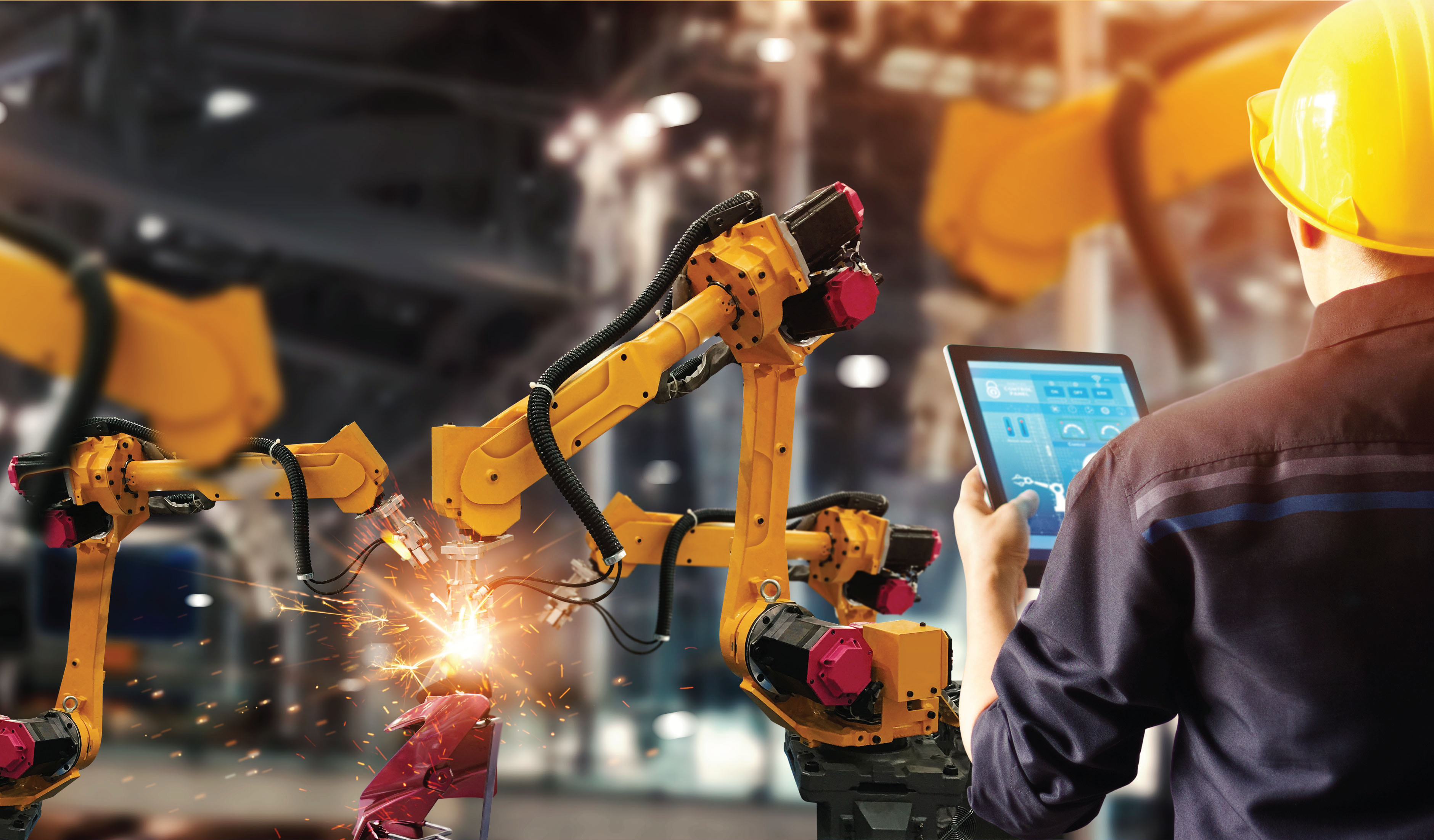
How ubiquitous will Industrial Robots be?
We see photos and videos now all the time of robots welding car bodies. It is an exciting application with big strong arms swinging around car bodies with sparks flying. But the car body welding is a single application in manufacturing among hundreds or thousands. In what other applications will robots dominate production as in automotive welding? For that matter, how numerous will the automated worker be and at what ratio to human workers?
The International Federation of Robots (IFR) in its 2017 annual global report published in March 2018 offers a metric of robot penetration into industry. The metric is robots per 10,000 human workers. It ranges from a global average of 85 up to 720 in Korea. The United States has 120 robots per 10K workers while Germany has 322. So on average in the global manufacturing market, there are still only an average of 8.5 robots per 100 workers. Is is possible in the future that we see 1 robot per human worker? If so, then we may see upward of 100 robots per 100 manufacturing workers. If the total number of manufacturing workers is 500 million people in the world, then there may eventually be 500 million industrial robots in use, compared with around 2 million today, in 2019.
What will it take to get to 500 million industrial robots by 2040 or 21 years out? In 2019 250,000 industrial robots will be built. If that number were to increase by 50% per year over the next 21 years, and if no existing robots are scrapped, then we would be at around 500 million active robots in 2040. Growth prospects for robots are very impressive.

Recent Comments